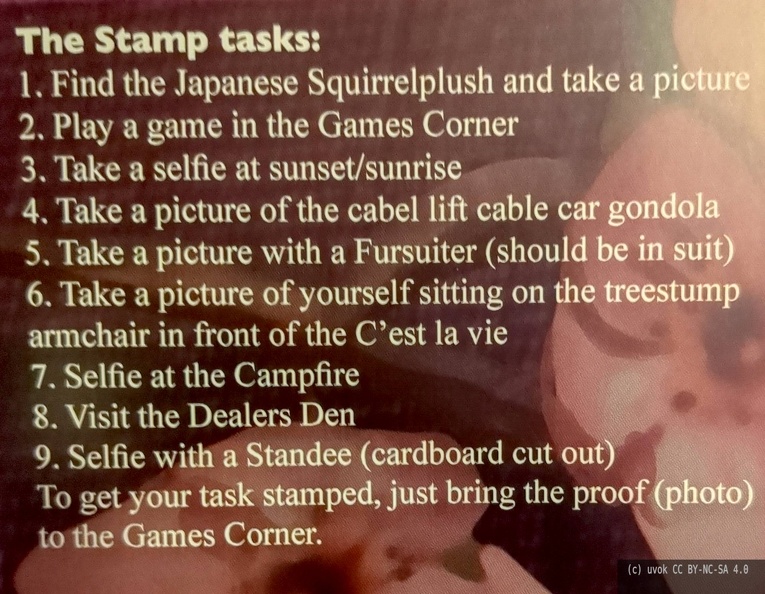Now also available via Tor
http://iwccx6ebuapto7dlkd4m5fooud6nqn2z7go7aass5c4q6vl6gzs5htad.onion/
Einträge
-
GLC 2025 Con report
A very late con report. There’s not that much memories left of it. This report is stitched together from notes I made. I probably forgot some things. Oh well :D. It must still be mentioned!
Tuesday, 2025-10-28
The trip from Würzburg in one go is too long for me. Also, the best train connection from Frankfurt starts at like 8 a.m. I’d have to start from Würzburg about one hour before that.
Since that’s too early in the morning for me, I started one day early. A fellow furry, F1fth, offered to let me stay the night on the couch :D. Warm thanks for that.
Wednesday, 2025-10-29
In the train to Switzerland. Traveling is so much nicer in company!
With F1fth, Leso, schMA, H3xe and Jonas, the time went by quickly. The first view of the alps was as beautiful as ever.

There was “Schienenersatzverkehr” because of construction work, so part of the trip was by bus instead of by train. It went pretty well, though. For the last part of the trip, we saw a cow pissing (from inside the bus while driving by). That was pretty funny. Situationskomik.
Registration at the con went smoothly and relatively quickly, and I already did the first tasks for the scavenger hunt.

Also on the first day, I already met so many people I either haven’t met in a long time, or only knew from the internet: FoxbrushTailwag, Ookami, LabWolf, Nerkitt, Neirin, CJ, StripeyYena and Takiwuff. That makes me happy, especially since I struggle with that mentally (“I know nobody” / “Nobody knows me anyway…”).
Thursday, 2025-10-30
Took a small walk in the morning. The climb made it quite exhausting. But the view was worth it!

So, what else were the events that day? The snack exchange! There were many nice snacks, and I even tried some of the licorice liqueur. The whole day ended in a food coma.
The place around the campfire was popular as well. It was down by the hostel, where you had a superb view on the mountains, and also where the pool was located.

Also, I bought some furry artwork in the Dealers Den, and then watched the dance competition in the evening. Everyone performed really well.
Friday, 2025-10-31
I helped cutting bread for breakfast in the kitchen - with an industrial machine. And I even managed to keep all my fingers :D. Also, I helped drying the dishes the day before. Helping in the kitchen is important for a furry-only managed convention.
Also, that day was the Maid Cafe, which was pretty popular. And I also got a massage from a fellow furry, which was really nice, since I had some shoulder problems during the con.
Saturday, 2025-11-01
I did a night-time walk at 2 a.m. because I woke up in the middle of the night (again) and couldn’t go back to sleep. After the walk, I could sleep some more, though. The sleep problems continued the other days, though. I blame the mattress. Or my back in general.
That day, there was the group photo, I went down to Meiringen with schMA via the gondola, and in the afternoon, there was the jam session, in which I even played some guitar.

In the evening, I go to do some mixing at the video table for the live stream! A whole new experience for me.

Sunday, 2025-11-02
After breakfast, packing, helping cleaning the tables in the dining room, I returned to my room to find the con cat on the bedding :o. I left the window to the room tiled open, so he or she must’ve slipped in.

Then it was already time to travel back to Frankfurt. It was a nice journey, with the same group as the way to Switzerland.
The last part back to Würzburg was a catastrophe, though. The train was running late, and had to be re-routed around Aschaffenburg. I arrived sometime around 11 or shortly before midnight back at home.